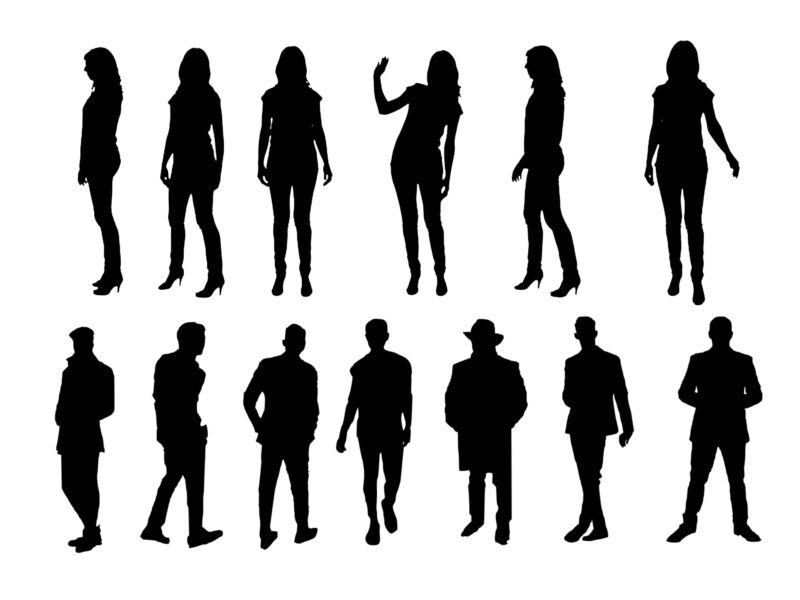– Kyle Denton, Sports Editor
Over the past five years there has been a shift in mainstream music involving a new-found partnership with hip hop.
Artists such as Kanye West, Lupe Fiasco and Kid Cudi began receiving critical acclaim and radio airplay, pushing them into the spotlight of mainstream audiences. These audiences didn’t know, nor did they care, how good Kid Cudi’s 2008 mixtape was; they were too busy listening to his 2010 single Pursuit of Happiness on repeat. This hip hop takeover has since begun to subside, but it has left the mainstream environment searching for a new genre to devour, and it seems as though those in the industry have electronic music in their crosshairs.
Electronic music is noticeably different from its predecessor of dance music. It is hard to define electronic music these days, as it has evolved under a plethora of aliases that have split down many different avenues to provide listeners with countless outlets. An underground concept, popularized by raves in the mid nineties, it has made a swift comeback in the forms of up-and-coming acts such as Avicii, Deadmau5 and Swedish House Mafia, along with pioneers of the genre including Tiësto and Benny Benassi.
Acts like David Guetta have broken through the barrier between the niche market and mainstream music and have become very successful in the process. But in doing so, some acts have partnered with mainstream artists and personnel, such as LMFAO, which has caused the genre to transform, accompanying the sound of electronic music with overly vivacious lyrics and simple concepts.
In the eyes of the industry, this has become a winning combination. To some electronic music fans however, it has become an illustration of what could be the beginning of an end to quality electronic music.
With the reinvigorated success of electronic clubs like Toronto’s The Guvernment and the opening of the popular Beta in Waterloo, Southern Ontario has become an area of excitement for electronic music.
In the past few months, however, concerts that were once 19+ have begun to change to 16+, or even all ages, in order to sell more tickets and generate more revenue. I, too, have begun to see a shift in the audiences these acts are attracting.
Having been to countless electronic concerts in the past year, there has been a noticeable transformation of audience members. After seeing Deadmau5 on Nov. 2 at the Rogers Centre, with a reported 14,000 people in attendance, I was able to see the shift in full force. The majority of the audience were there to dance, sweat and enjoy the music. But I couldn’t help but notice the overwhelming amount of people more focused on hooking up than raving. Luckily, these dedicated z103.5 listeners took enough time away from their tonsil hockey game to enjoy Deadmau5’s most popular songs.
This transformation can even be illustrated by single songs. Everyone knows the song Levels, but to ask some fans whose song it is would just invoke silence. Matters have been worsened by the inevitable remixes done by various Top 40 success stories. In the case of Levels, the remix was done by hip hop artist Flo Rida. For those still confused, it’s a song by Avicii.
If electronic music continues to surge in the mainstream media, then the music itself will begin a process of dilution in which the blend between Top 40 acts and electronic acts could soon become unrecognizable. This fear that many electronic fans share is being illustrated by all ages shows, incessant radio play and an identity crisis that has left the future of electronic music in the form of a question mark.



